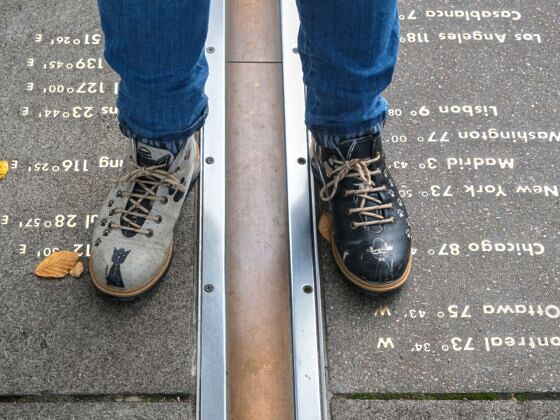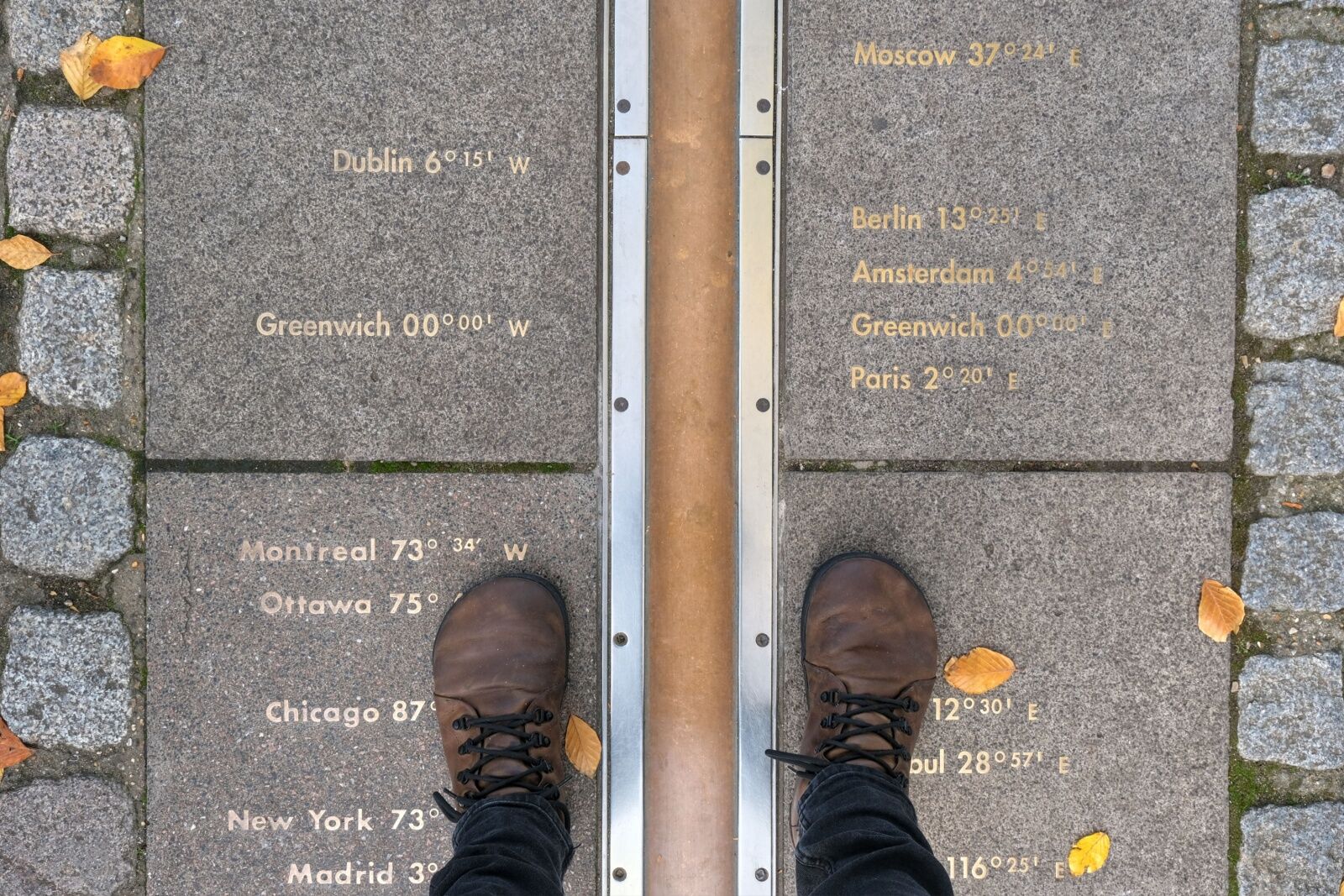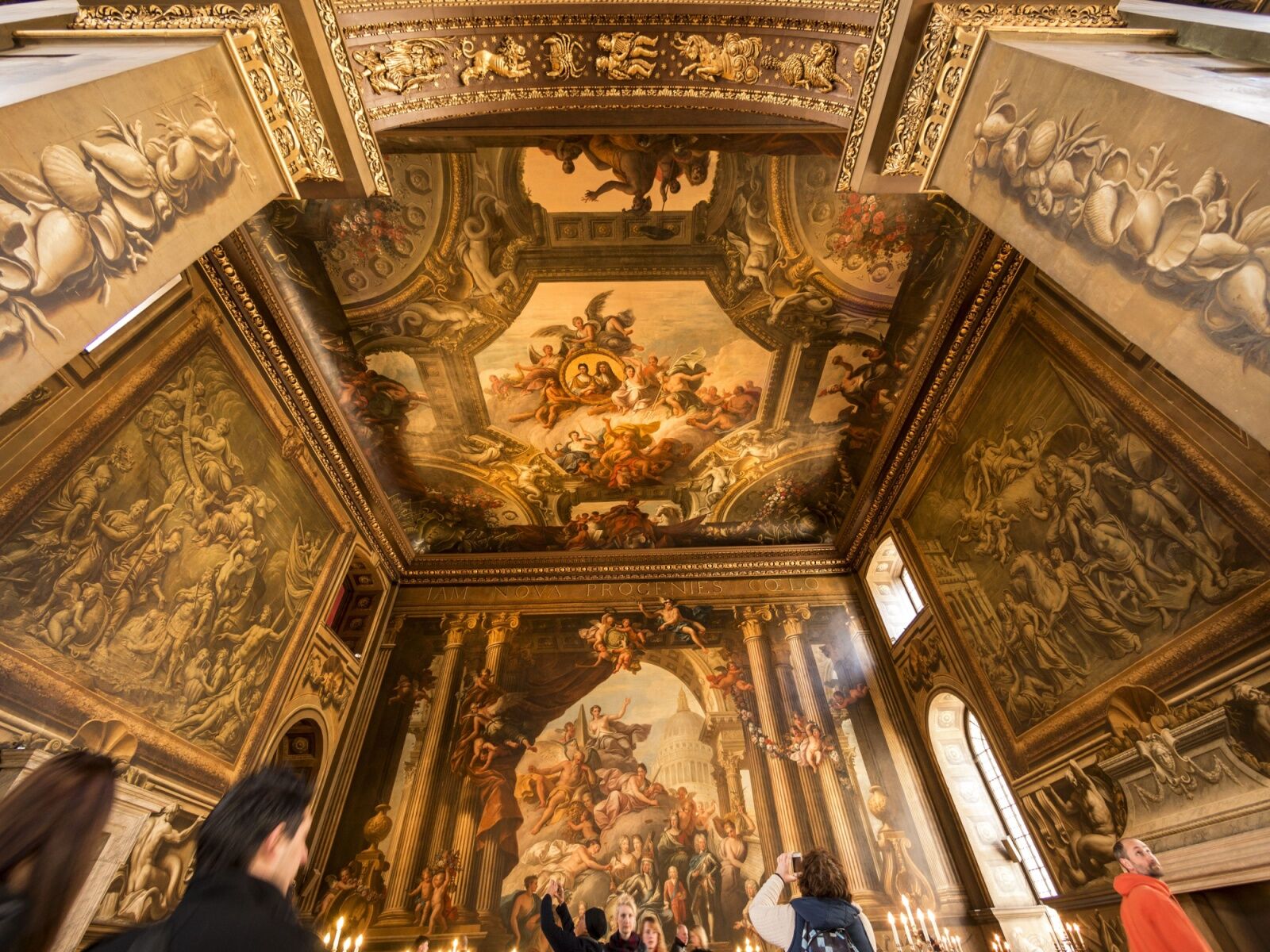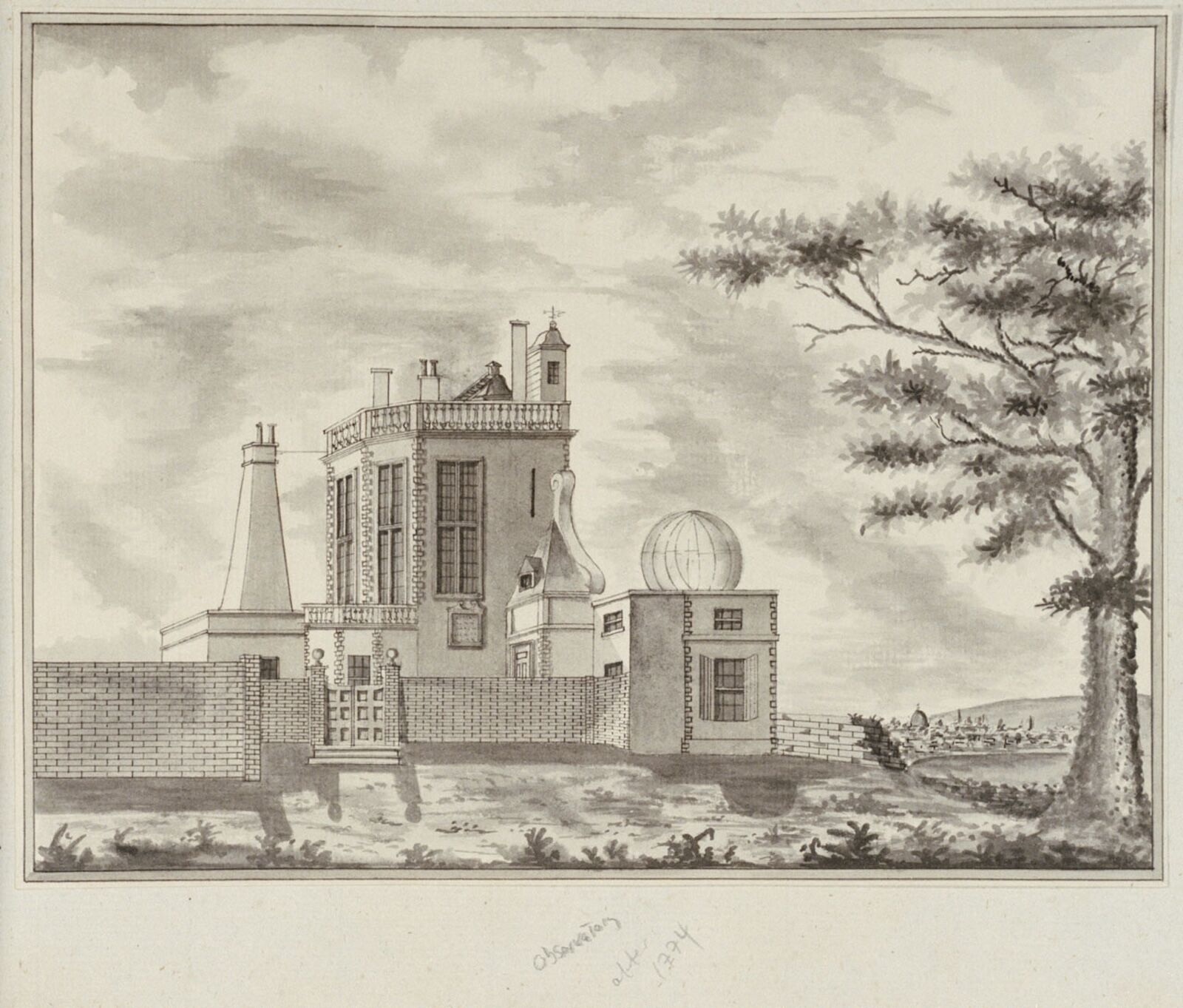In 2025, London’s Royal Observatory in Greenwich is celebrating 350 years of interpreting the stars and measuring time around the world.
The science of astronomy has always been an alchemy of observation, calculation, and exploration. For centuries, mariners relied on the stars, and travelers in the Islamic world used astrolabes (handheld navigation tools) to ensure they were facing eastward and the time for daily prayers. But as trading routes developed and maritime power across the world increased, there developed an urgent need for more accurate navigation methods.






